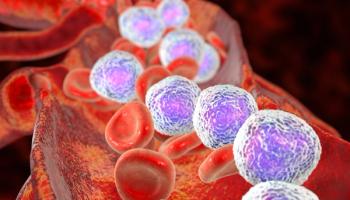
Opinion|Videos|August 16, 2024
Personalizing Treatment Selection
A key opinion leader in dermatology explains how the presence of type 2 inflammation informs their treatment decisions for atopic dermatitis and prurigo nodularis, while also detailing additional patient-specific factors such as age, comorbidities, and disease severity that influence their therapeutic approach.
Advertisement
Episodes in this series

- How does knowing that type 2 inflammation is a cause influence your treatment selection?
- Beyond identifying the underlying cause, what other patient-specific factors (e.g., age, comorbidities, disease severity) do you consider when selecting treatment regimens for AD or PN?
Newsletter
Stay ahead of policy, cost, and value—subscribe to AJMC for expert insights at the intersection of clinical care and health economics.
Advertisement
Latest CME
Advertisement
Advertisement
Trending on AJMC
1
How Artificial Intelligence Is Transforming Leukemia Detection and Diagnosis
2
Discontinuation of ACA Subsidies Will Leave Many Uninsured: Ciara Zachary, PhD, MPH
3
TAM Receptors Promising Therapeutic Targets in Rheumatoid Arthritis
4
BMI in CAR T: Overweight Status Predicts Worse MM Outcomes
5















































